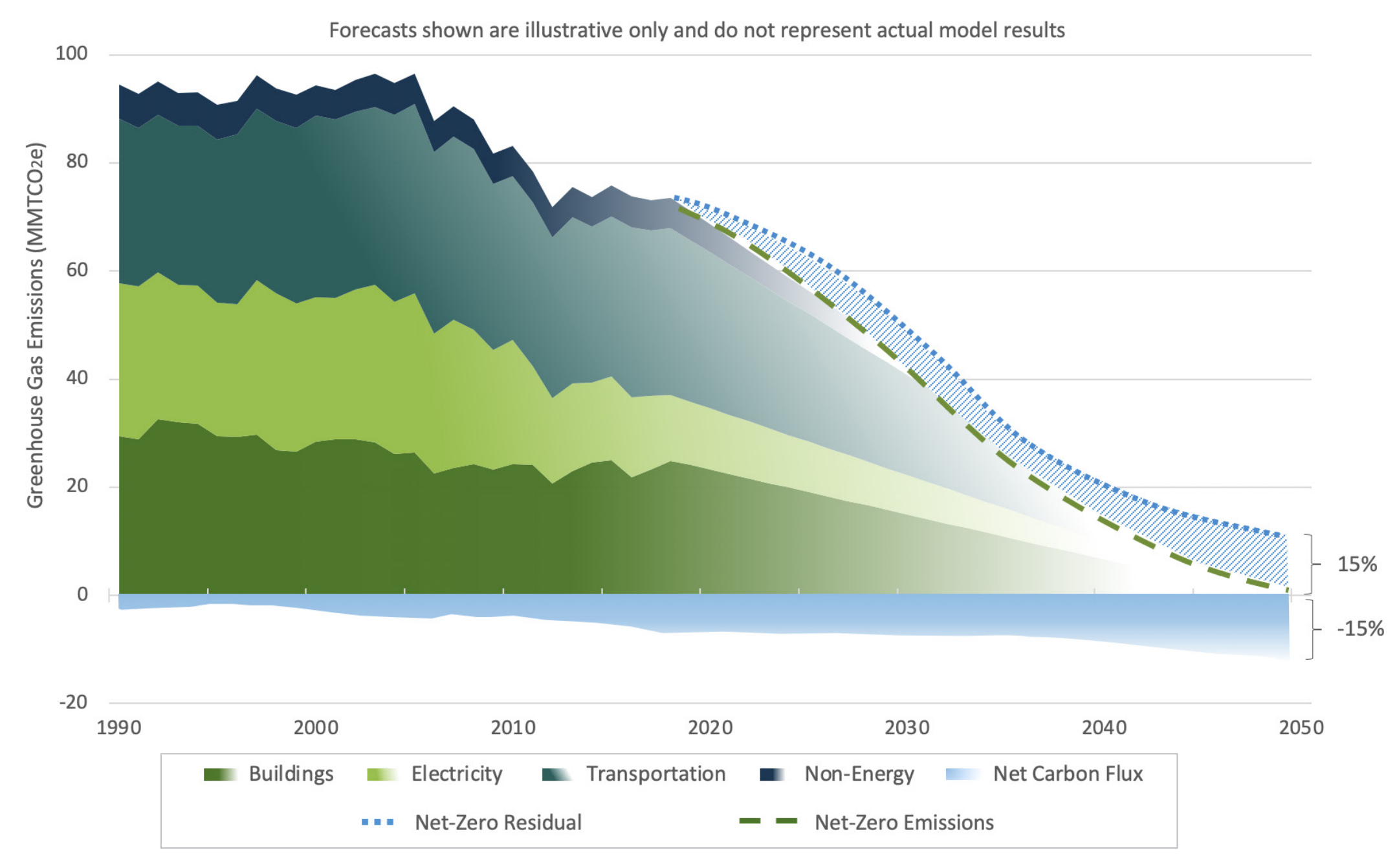January 3rd, 2021 by Johnna Crider
On the last day of 2020, Massachusetts Governor Charlie Baker and his administration shared a plan that will deal a major blow to fossil fuel automakers while severely cutting the state’s greenhouse-gas emissions in the next decade and beyond. These changes include the mandate that all new cars sold in the state will be electric by 2035, The Boston Globe reports.
In a press release, Governor Baker brought up the costly impacts of climate change. “The people of Massachusetts are experiencing record droughts, increased risk of wildfire, severe weather, and flooding in our coastal communities.” He added, “The costly impacts of climate change are on display in the Commonwealth, making it critical that we take action.”
Energy and Environmental Affairs Secretary Kathleen Theoharides noted that achieving net-zero emissions by 2050 will require hard work and noted that the plan established a blueprint to help the state. “We know that achieving Net Zero emissions by 2050 will require hard work and collaboration across all sectors of the economy,” she said. The plan “establishes a blueprint that will help us achieve our climate goals in a way that is cost-effective and delivers significant benefits to residents across the Commonwealth, especially those in our most vulnerable communities.”
The Plan
The plan, titled Massachusetts 2050 Decarbonization Roadmap, has more changes that will take place over the course of the next decade. One thing it noted is that deep decarbonization requires a systems engineering approach. This is due to fossil fuels powering every aspect of our economy and daily lives. It is like a house filled with rot — a deep retrofit is required.
Energy Efficiency of Buildings
One part of the plan takes the energy efficiency of buildings into consideration, the focus being on deep improvements to buildings, such as air sealing, insulating walls and roofs, and installing triple-pane windows. This focus will reduce the airflow and allow energy recovery ventilation systems to ensure healthy buildings — especially during the post-Covid-19 era.
Low-Income vs High-Income Populations
There are matters that will require greater energy use, though. Around 20% of Massachusetts homes do not have any home air conditioning, and 60% more rely on window or wall units. Data indicates that the lower-income populations have less access to air conditioning than higher-income populations, unsurprisingly. This issue, the plan noted, is exacerbated by a warming climate. Building simulations of a pre-1950 single family home showed that indoor temperatures today could exceed 91°F, which is the temperature where heat exhaustion and heat stroke become a risk according to the Mayo Clinic.
Emissions From New Buildings
Emissions from new buildings, the plan pointed out, are most likely to grow to 1.5 MMTCO2 by 2050 under a base building code assuming the slow and steady advancement of the building code to 2050 without the implementation of a net-zero on-site emissions policy. Adopting such a policy, though, would reduce 2050 emissions from residential and commercial new construction by 54% if implemented in 2030 and by 87% if implemented in 2023.
Making The Shift From A Fossil Fuel Grid To A Renewable Energy Grid
Today, the Northeast electricity system has been designed to balance demand for electricity with centralized large-scale fossil fuel, hydropower, and nuclear resources. The flow of electricity normally goes one way — from its generation source to the customer. The plan noted that for the state to meet future decarbonization goals, the electricity system will need “significantly more renewable resources.” You cannot adequately cut carbon emissions and stop global warming without shifting from fossil fuels to zero-carbon electricity generation sources.
The state will have to adapt the grid and the plan noted that the two-way flows of power and variable resources require a more dynamic grid to respond to electricity supply and demand in real time.
The plan also includes fluorinated gases, solid waste management, wastewater treatment, natural gas transmission and distribution, the challenges of additional carbon dioxide removal, and more ways to address the state’s emissions and how it plans to tackle the challenge of lowering them. You can read the full plan here.
Appreciate CleanTechnica’s originality? Consider becoming a CleanTechnica member, supporter, or ambassador — or a patron on Patreon.
Sign up for our free daily newsletter or weekly newsletter to never miss a story.
Have a tip for CleanTechnica, want to advertise, or want to suggest a guest for our CleanTech Talk podcast? Contact us here.

